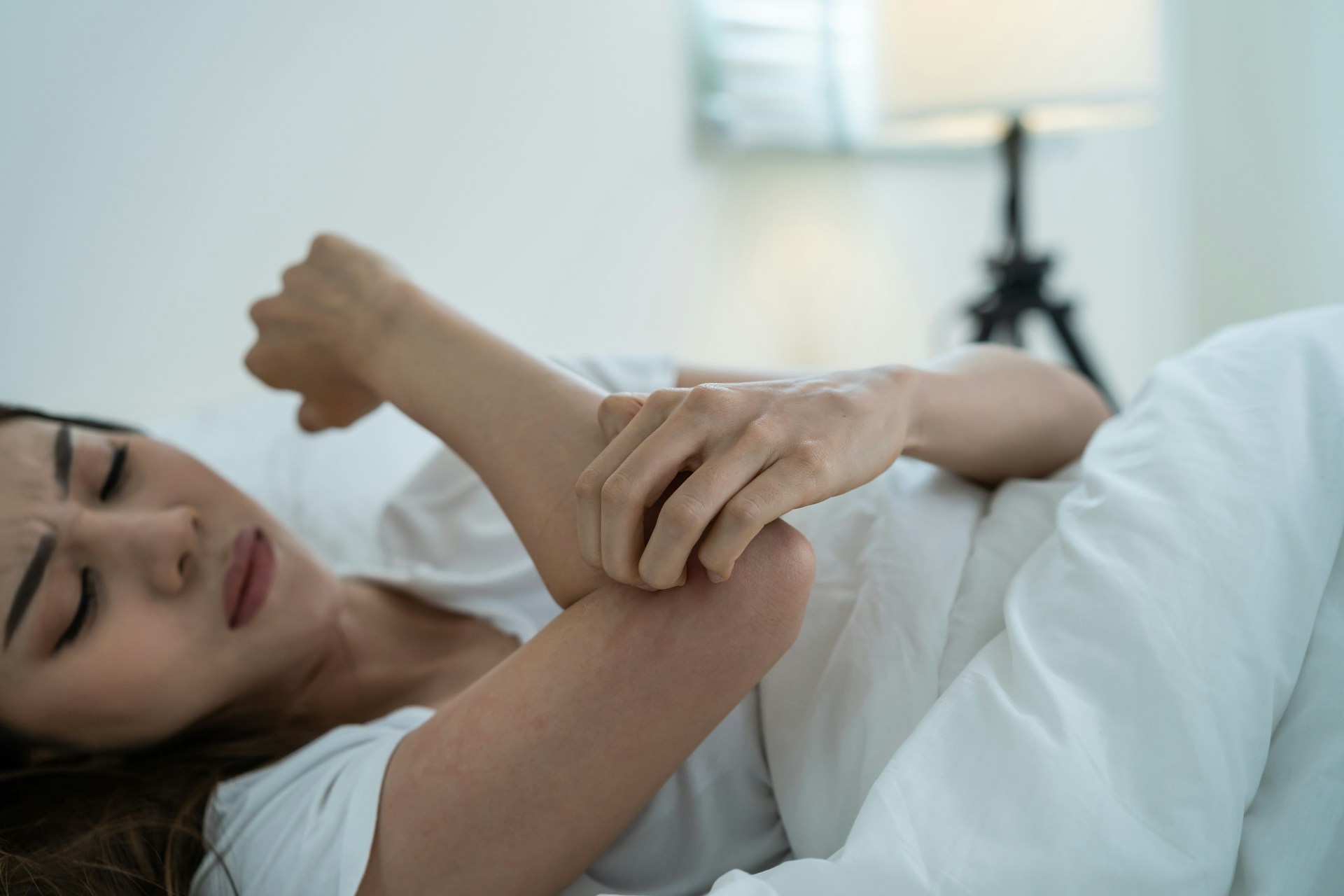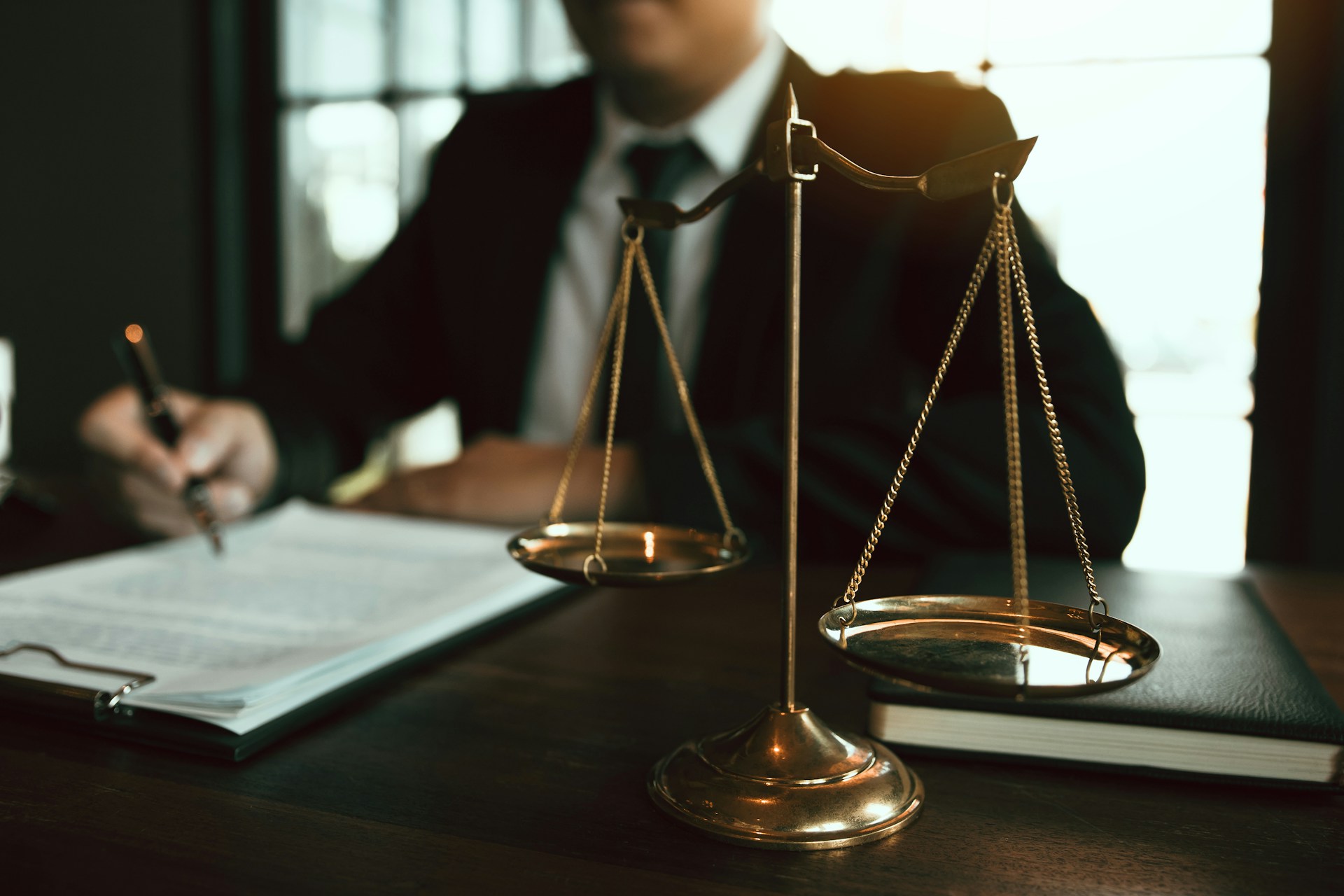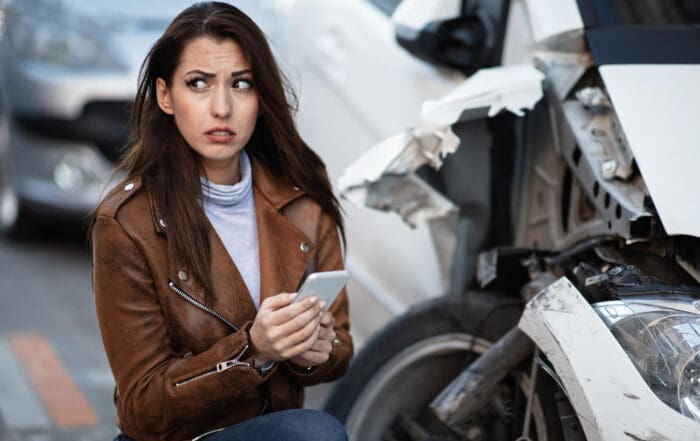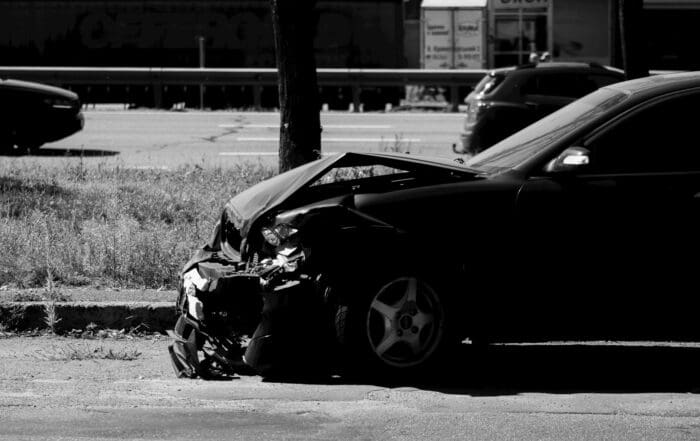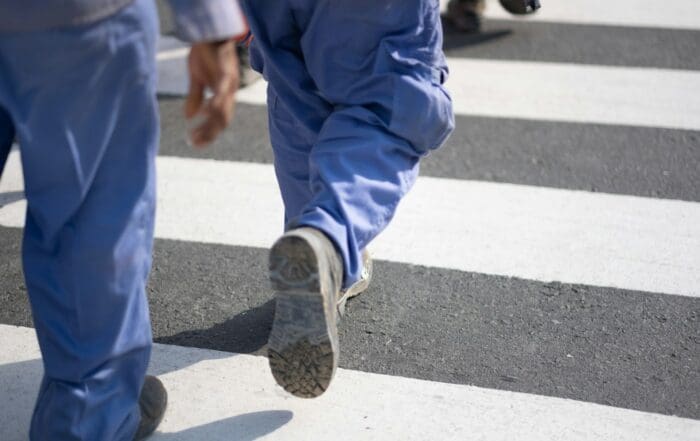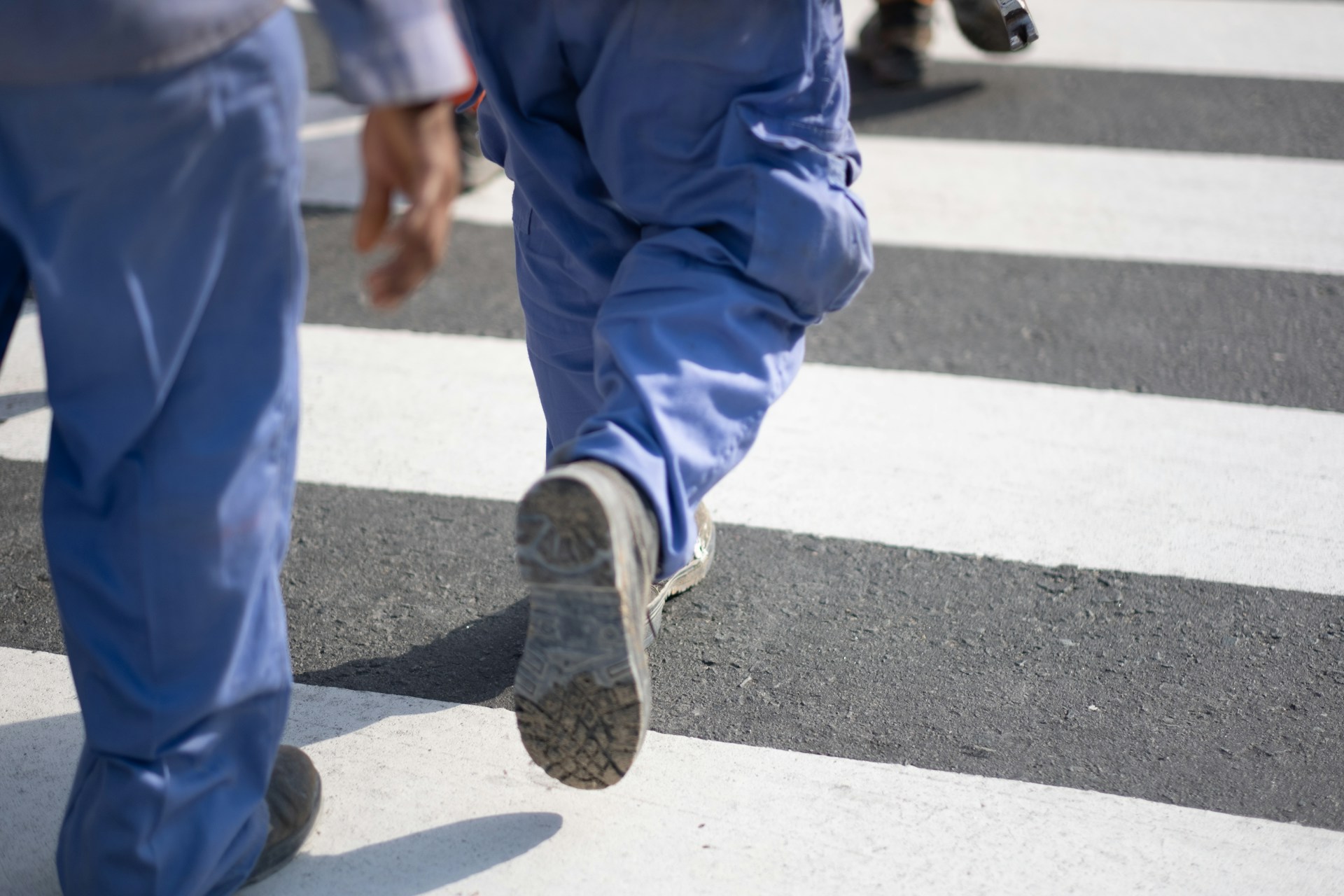
As the weather cools down in Miami, it is no surprise that more people are out walking. Fall and winter bring some of the best days for getting out and exploring the city on foot. But when the air feels nice, the streets can get more dangerous. With extra traffic, distracted driving, and crowds crossing busy roads, it really does seem like pedestrian accidents are happening more often.
Miami’s neighborhoods—downtown, Brickell, Little Havana, and Coral Gables—keep moving all year long. The constant mix of cars, scooters, bikes, and walkers means more chances for something to go wrong, especially in places that are not built for heavy crowds on sidewalks and crosswalks. When someone gets injured on foot, things can get confusing fast. Many people are left wondering what caused the crash and what to do next. That is part of why so many turn to Miami pedestrian accident lawyers when they need help figuring out their next move after an injury.
What’s Behind the Rise in Accidents?
A lot of factors come together to raise the risk for those walking in Miami. This time of year sees a few important things combine.
For starters, there is more foot traffic. Locals enjoy cooler air, kids walk to school, and tourists fill the streets for fall festivals and early holiday shows. In bustling areas like Wynwood, Coconut Grove, and the Design District, sidewalks fill up in the late afternoon and evening.
Distraction is another big issue, and it cuts both ways. Drivers scroll, text, or zone out after busy workdays. Pedestrians check directions, use headphones, or browse X while stepping into a crosswalk. It just takes a split second of distraction for things to go wrong.
Tourism adds a final layer of chaos. As hotels and venues book up, the streets and parking lots become busier. Ride shares stop in awkward places, parking gets tight, and crosswalks become crowded. All of this raises the chances that someone walking may get caught up in a split-second mistake.
Where Pedestrians Face the Most Risk
Walking in Miami feels safe in many places, but there are some tricky spots where accidents are more common.
City highways and corridors, including Biscayne Boulevard, US-1, and NW 27th Avenue, move cars quickly but may not offer enough safe places for people to cross. Long gaps between crosswalks or missing signals push people to risk darting across busy lanes.
Some streets have poor signage or no marked crossings, forcing people to guess the safest time to step out. At busy times or after dark, this gets even harder.
Commercial zones and business districts—like the courthouse area, Dadeland, and Midtown shopping centers—see jams of cars, delivery trucks, and streams of people during holiday shopping. Cars may double park, block crosswalks, or obscure other drivers’ view, making it all too easy for someone to get struck just walking to their next stop.
What Happens When a Pedestrian Gets Hurt
Getting hit while walking, even at a low speed, can lead to serious injuries. A hard fall on the sidewalk may mean a twisted knee, a bad sprain, or even a head injury. Sometimes breaks and internal harm do not show up right away, making it tough to connect symptoms to the crash.
Pedestrians have no barrier or seatbelt to keep them safe. That is why even a small bump from a car can do lasting damage. It can be complicated to figure out who is at fault. Was it the driver who missed a stop? Was the area dark or not clearly marked? Was someone rushing across out of habit?
Uncertainty like this can delay medical treatment, accident reports, or a claim for help. Some people try to wait out their pain, only to find themselves struggling to sleep or work. This is where Miami pedestrian accident lawyers step in. They can go over the facts, look at what happened, and help people judge whether filing a claim or taking legal action is the right decision.
The Beregovich Law Firm has experience guiding injured pedestrians in Miami through steps like collecting witness statements, requesting medical records, and clarifying responsibility when answers are unclear.
How Drivers and Pedestrians Can Stay Safer
Everyone on the road can help make it safer, especially when nights come earlier and holiday pace picks up.
For drivers:
- Slow down in school zones, near bus stops, and when making turns through crosswalks
- Keep headlights and windshields clear for better twilight vision
- Double check for people in dark clothing at dusk or after rain showers
For pedestrians:
- Pause at the curb and watch for turning cars, even when the light is green or the signal says to walk
- Skip texting or headphones when crossing the street, especially in busy or unfamiliar areas
- Wear something light or reflective when it gets dark earlier in the evening
Both groups should expect the city to look different once daylight fades. Quick phone checks or rushed shortcuts are tempting but can lead to missed signs or brief eye contact that prevents a crash.
A Safer Walk Starts With Awareness
Staying safe during Miami’s fall and winter comes down to being just a little more aware—whether you are crossing town for work or heading to an event. Each choice matters. Small actions, like driving slower on dark streets, avoiding last-minute sprints across the road, or pausing before crossing, can keep accidents from happening.
Miami’s streets are filled with energy and excitement, but as the days grow shorter, even one bad moment can shape the season. Noticing where risks are the highest and knowing who to talk to after a crash means you are more prepared, protected, and ready to keep moving forward if something unexpected happens.
If you were hurt while walking in Miami and aren’t sure what steps to take next, we’re here to help make things clearer. At The Beregovich Law Firm, we guide people injured in crosswalks, intersections, and busy areas to better understand their next move with support from our Miami pedestrian accident lawyers.
